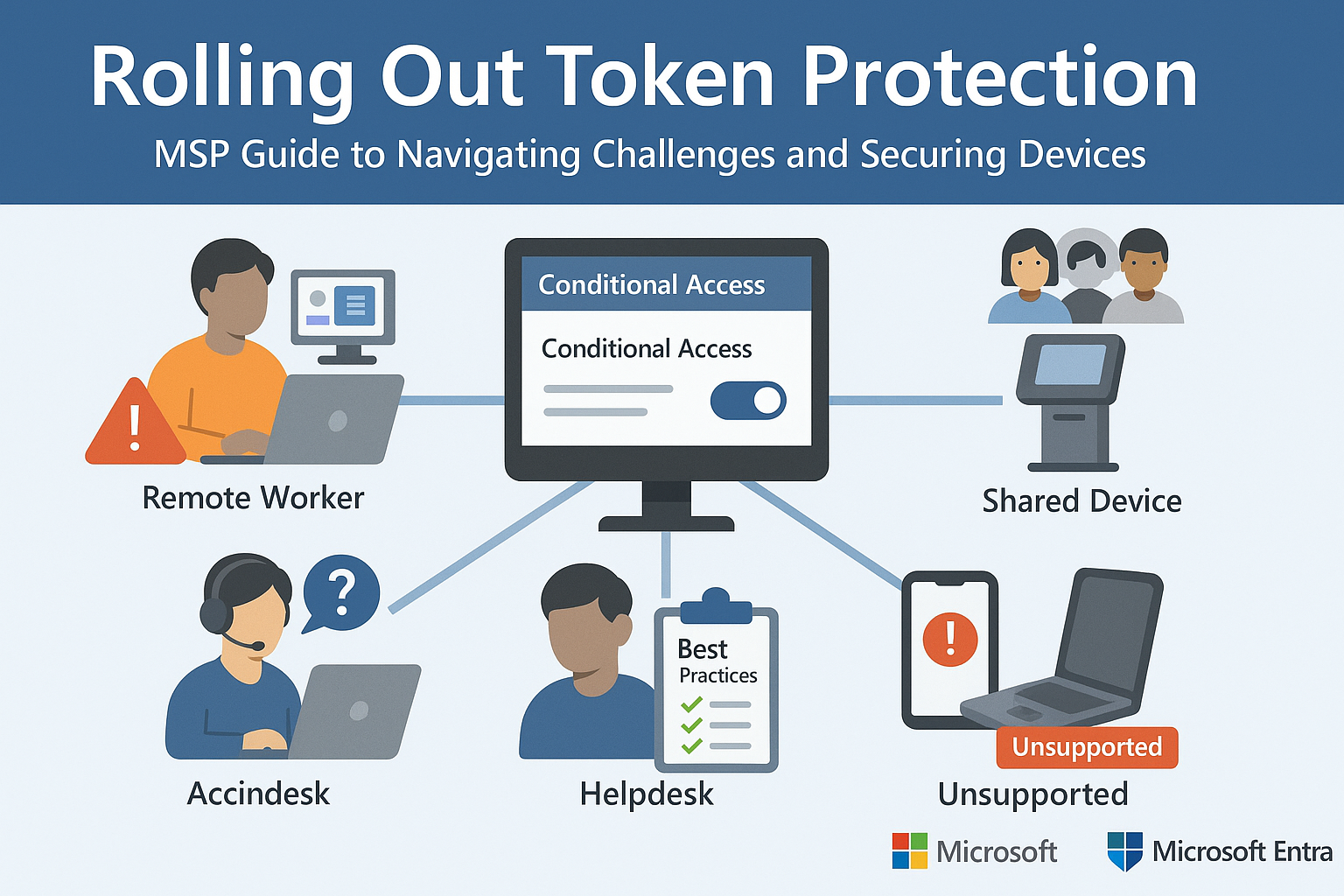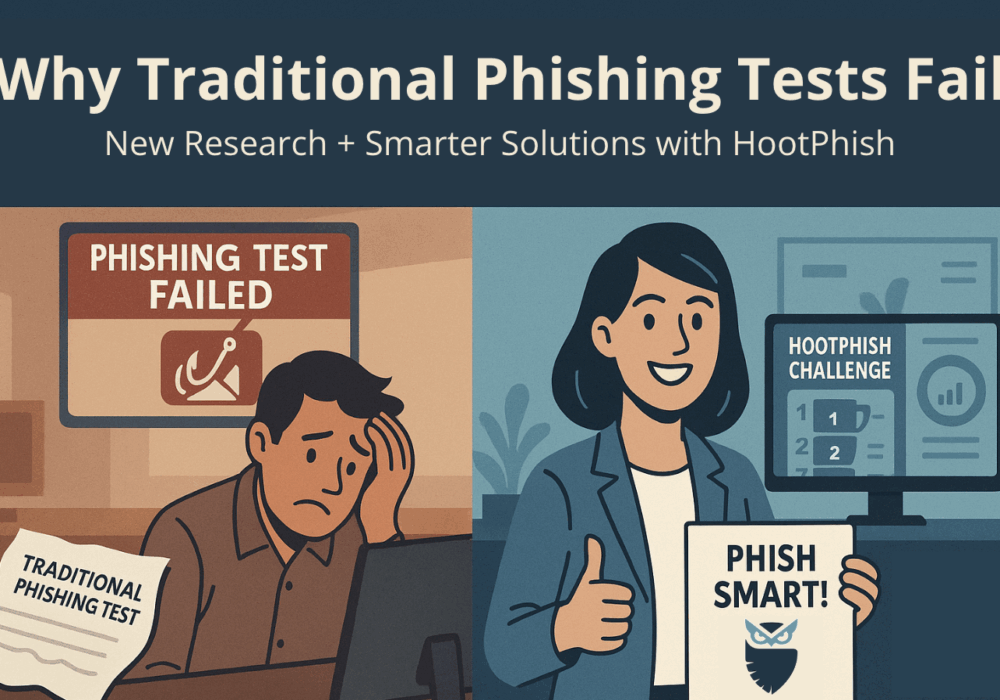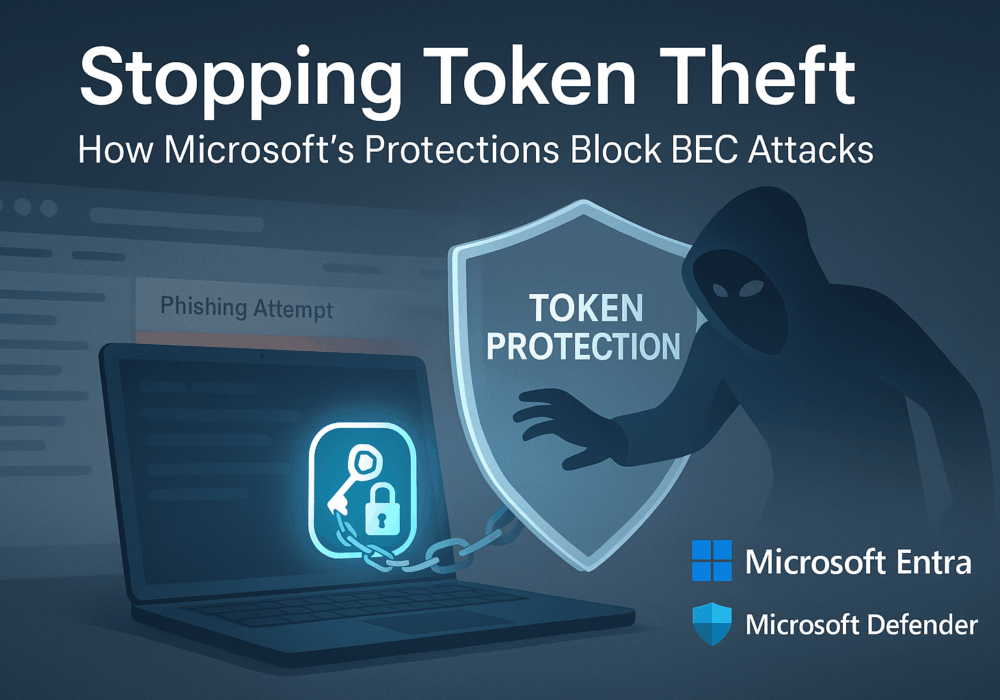RADIUS Authentication, also known as Remote Authentication Dial-In User Service (RADIUS), is a server protocol and software that allows remote access servers to be able to communicate with a central server. This was initially done in the early internet (mid 1980’s through the mid 2000’s) to authenticate dial-up modem users connecting to the Internet through AOL, Earthlink and others.
Today, RADIUS enables an organization to maintain user profiles in a centralized database (Microsoft Active Directory) and authenticate against that directory for all remote access. RADIUS allows for better cybersecurity by enabling a business to manage a single administrative source of truth (AD) to premit and deny access to a network.
There are a number of easy administration and cybersecurity benefits to setting up RADIUS authentication in an SMB. Both your VPN (if you need one) and your Trusted WiFi networks can be authenticated using RADIUS authentication into your Active Directory. This is important because it allows you to manage your terminations and remote access easily and effectively from a single source of trust (AD).
When someone leaves the company, you do not need to change a static password on your Trusted WiFi network because the Employee new it and can access it from the parking lot to steal your data. Likewise, their VPN remote access is also gone the moment a term’d employee is disabled in AD. RADIUS authentication will fail automatically for all that term’d employees devices and VPN access.
Related Term: Authentication
https://www.youtube.com/watch?v=AGWsWGn5-sU
Discover and share the latest cybersecurity trends, tips and best practices – alongside new threats to watch out for.

Part 2 of Our Microsoft Entra Security Series In Part 1, we explored how Microsoft’s Token Protection...
Read more
For years, organizations have relied on fake email phishing simulations to measure employee resilience to...
Read more
Welcome to our two-part blog series on Microsoft’s new email security enhancement now included in Office 365 P1...
Read moreGet sharper eyes on human risks, with the positive approach that beats traditional phish testing.
